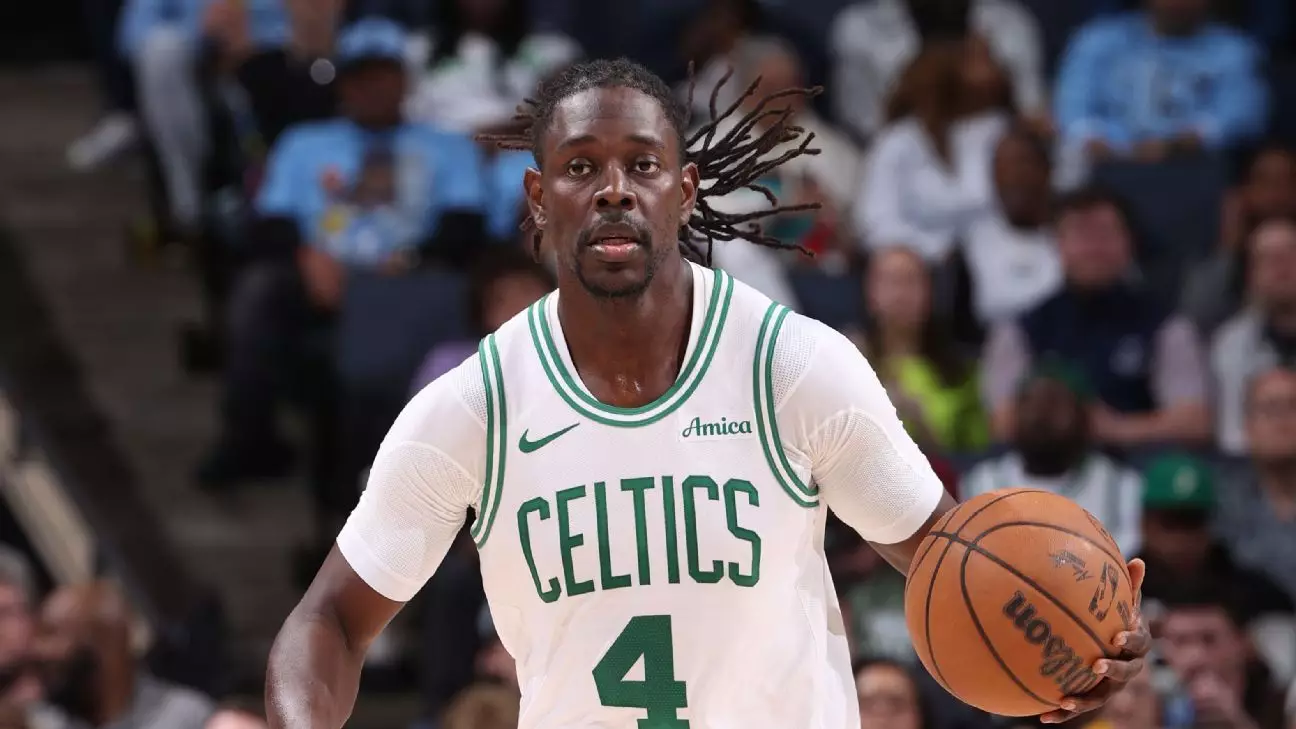In a move that has sent ripples throughout the NBA, the Boston Celtics are trading Jrue Holiday to the Portland Trail Blazers in a deal that also involves promising guard Anfernee Simons and two second-round draft picks. This trade marks a pivotal moment in the 2023-24 season and comes as the Boston franchise grapples with the fallout from Jayson Tatum’s injury. The Celtics’ decision to move Holiday, a player who played a crucial role in their championship aspirations, signals their intent to reshape their roster, and it invites scrutiny and speculation about their longer-term strategy.
Holiday’s Impact and Portland’s Strategy
Jrue Holiday’s return to Portland is particularly noteworthy given that he was part of the significant package the Trail Blazers acquired from the Milwaukee Bucks in the blockbuster Damian Lillard deal. Holiday’s presence is not just about adding depth; it’s about offering the kind of championship experience that a youthful Trail Blazers roster desperately needs. With his impressive career statistics—particularly a career-high 42.9% shooting from the three-point line last season—Holiday’s ability to perform in high-pressure situations adds invaluable expertise to a team currently in a rebuilding phase.
Adding to the complexity, this trade alleviates the Celtics’ financial burden, saving them approximately $40 million in luxury tax payments next season. The balance between financial prudence and competitive viability is a tightrope that NBA teams often walk, and Boston appears to be taking a careful, calculated stance as they reconfigure their player lineup. While Holiday has been lauded for his defensive accolades, this decision indicates that Boston is pivoting to a new vision that they believe revolves around not only saving money but potentially injecting new energy into the team.
Simons: A Mixed Bag of Potential and Pressure
On the flip side, Anfernee Simons joins the Celtics with an expiring contract, adding ambiguity to his role in this new system. While the young shooting guard boasts significant scoring capabilities, having averaged nearly nine 3-point attempts per game over the last few seasons, it remains to be seen whether he can adapt to the vocal leadership of Coach Joe Mazzulla and the team’s strategic playstyle emphasizing long-range shooting. The pressure will be on Simons to perform at a level that the Celtics expect from a player entering a championship-conducive environment.
Simons represents a youthful energy that contrasts sharply with the seasoned experience of Holiday, creating a dynamic that could either blossom into an explosive backcourt partnership or prove to be a mismatch in expectations. His ability to find offensive rhythm in a system that prioritizes the three-point shot could provide critical spacing, making the Celtics’ offense even more potent.
Looking Ahead: Shifts in the NBA Landscape
As these trades unfold, both teams are poised for an interesting offseason filled with possibilities. For the Celtics, engaging in discussions about other roster changes raises questions about their commitment to title contention, especially given their recent playoff objectives. Meanwhile, the Trail Blazers’ acquisition of Holiday may indicate a willingness to accelerate their timeline toward competitive play.
Ultimately, this transaction encapsulates the ongoing evolution of the NBA as teams assess their strengths, weaknesses, and financial constraints. The ramifications of this trade might extend beyond the immediate season, influencing future strategies, roster stability, and even the broader competitive balance in the league. As the teams adapt to their new realities, fans and analysts alike will be closely watching how this trade reshapes their respective trajectories.


Leave a Reply